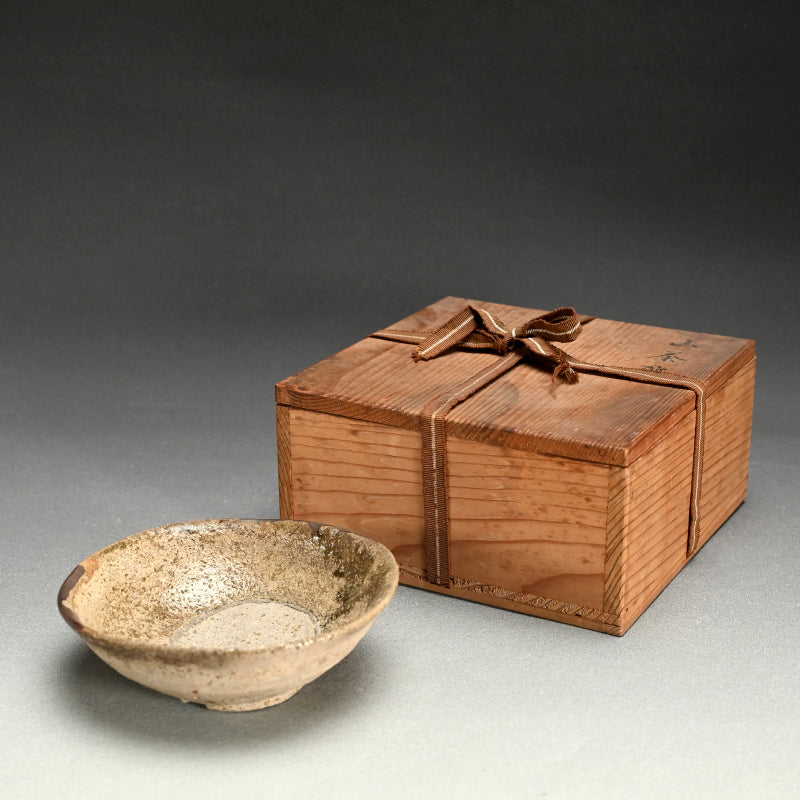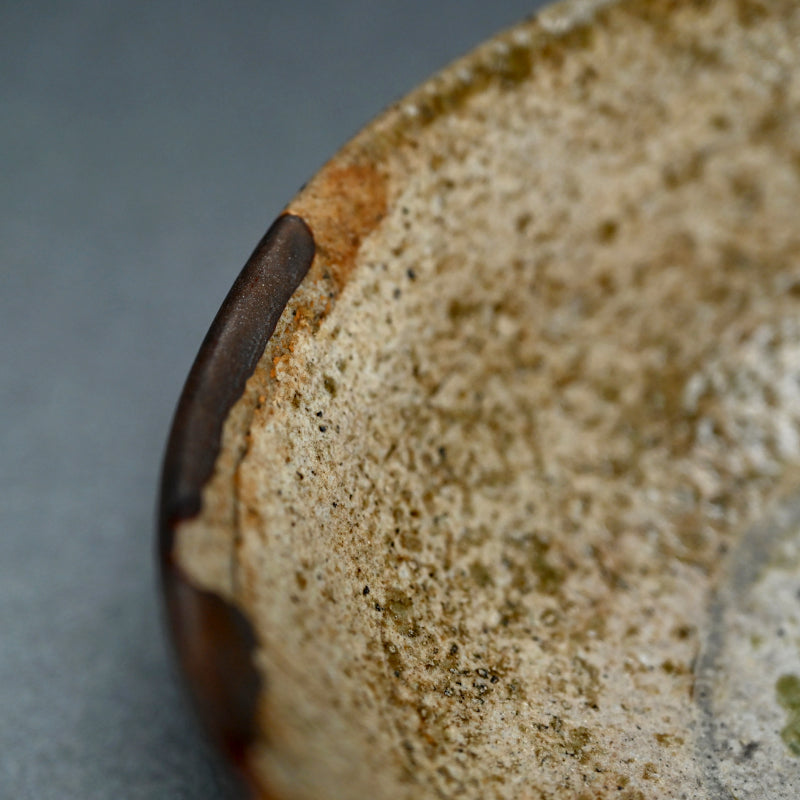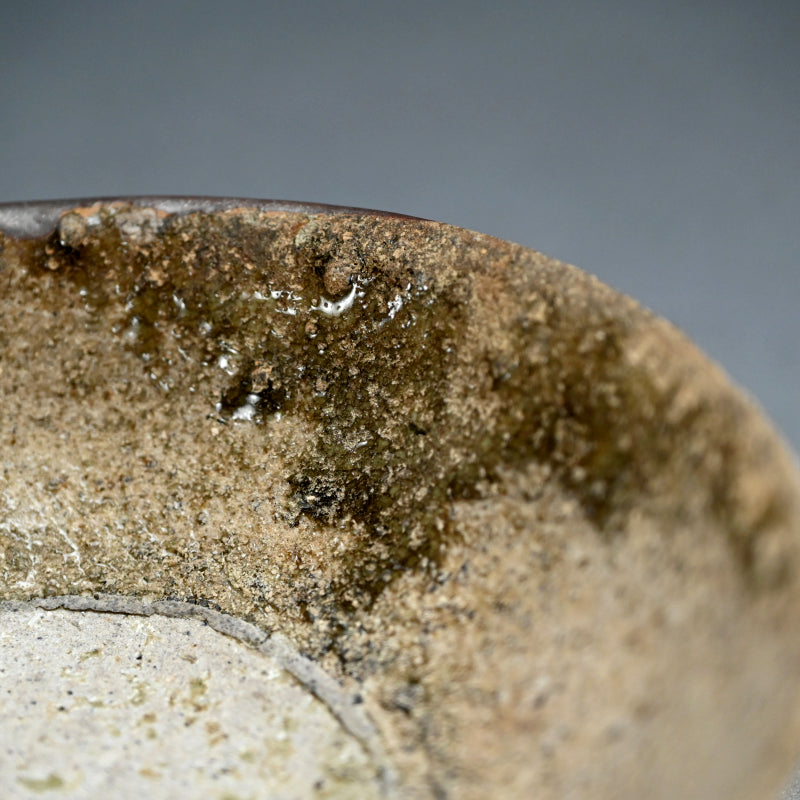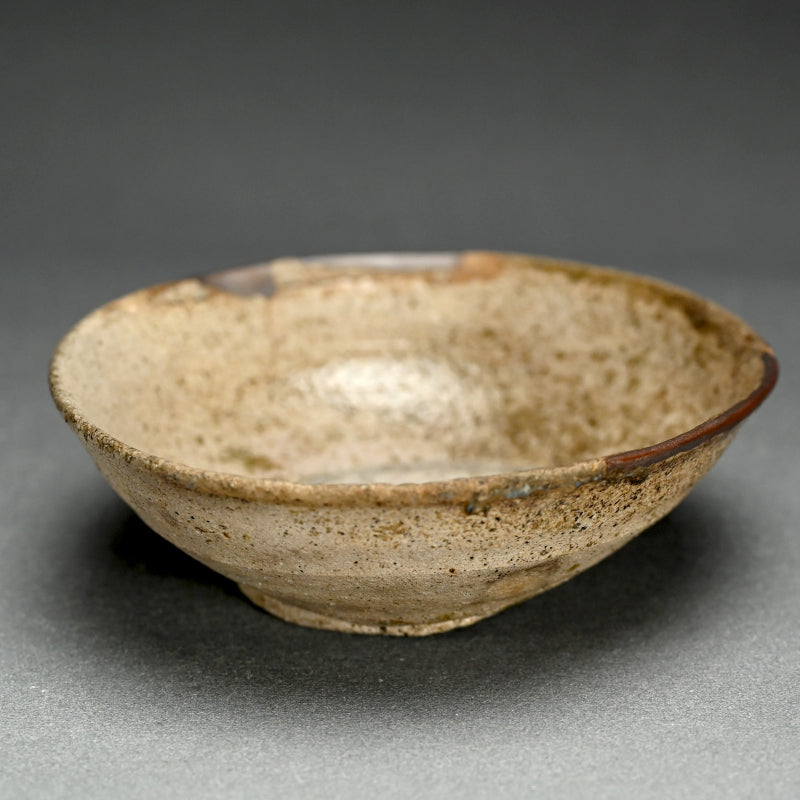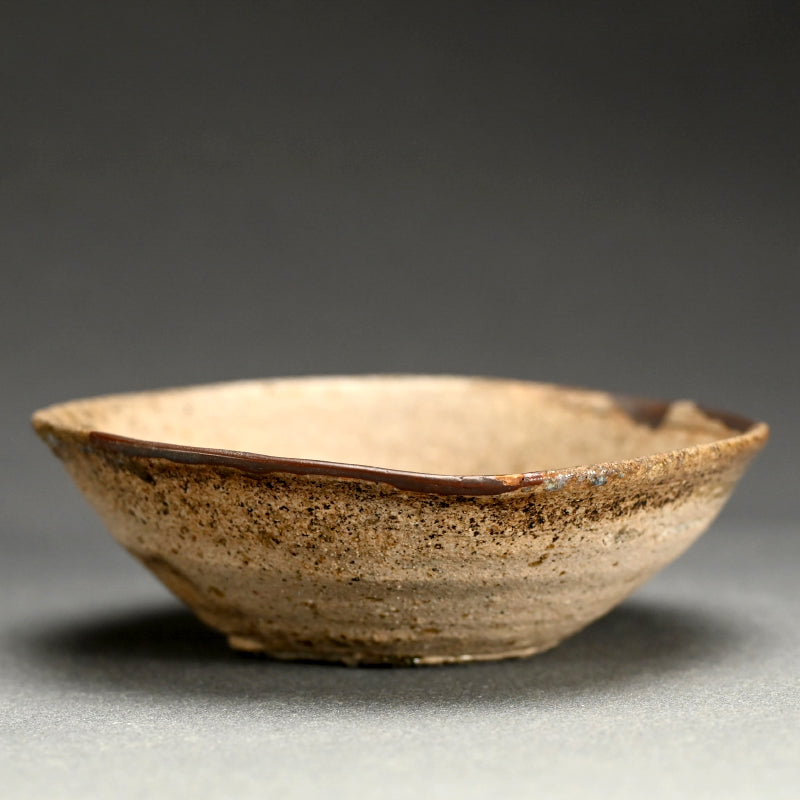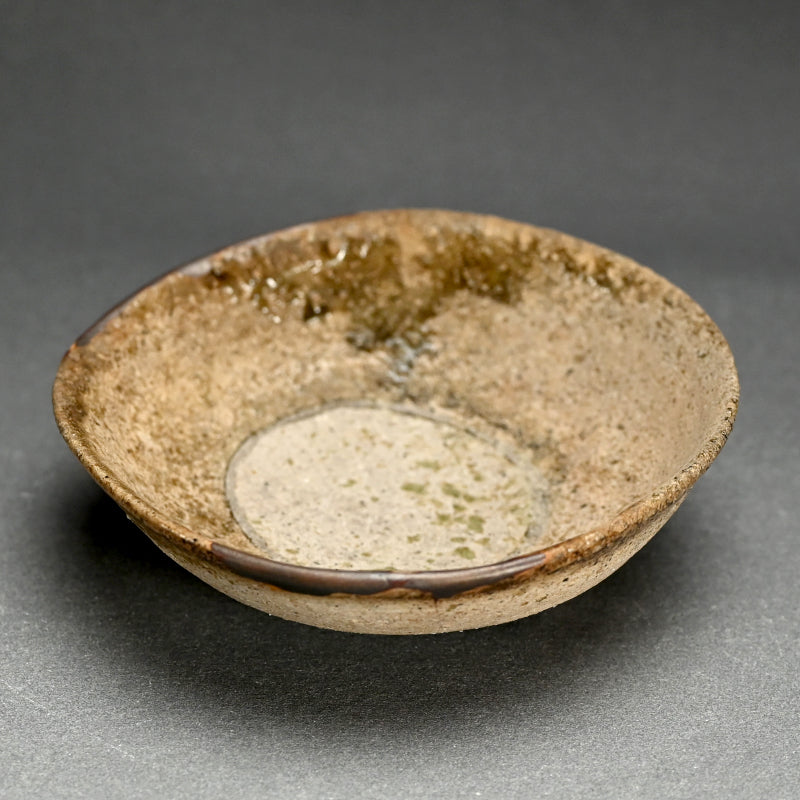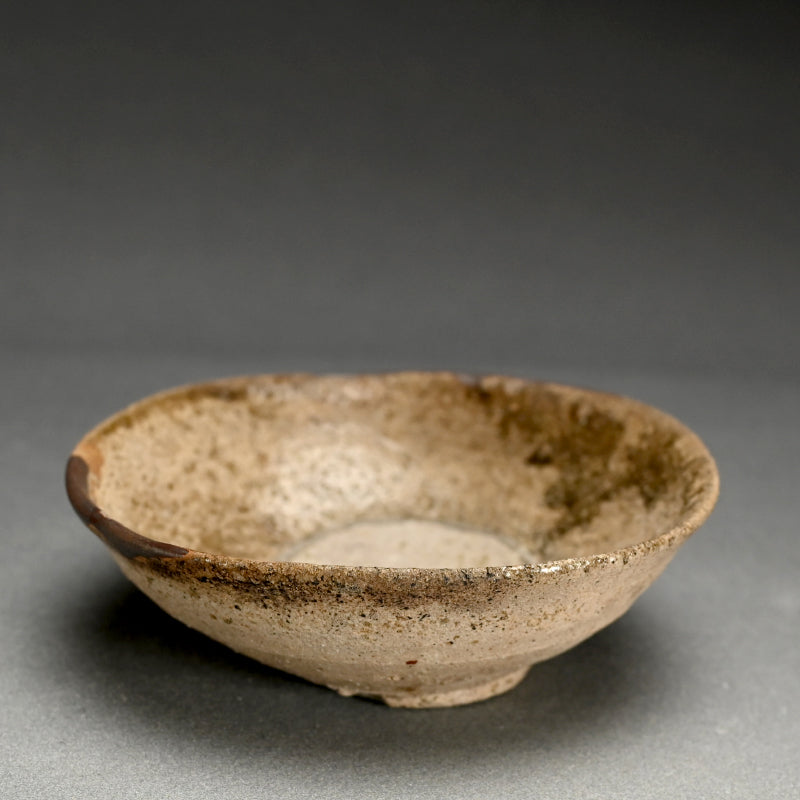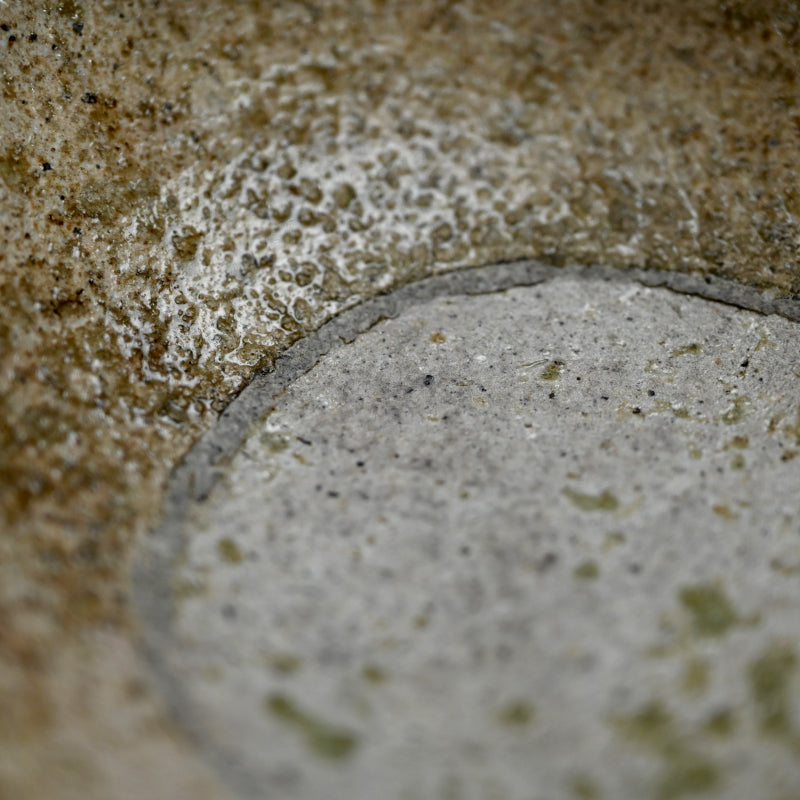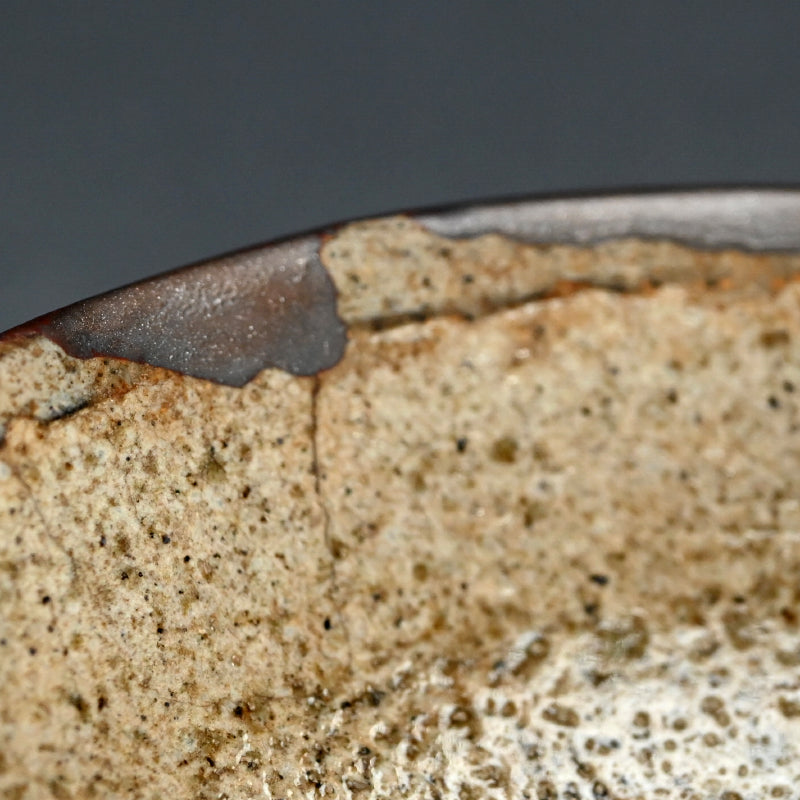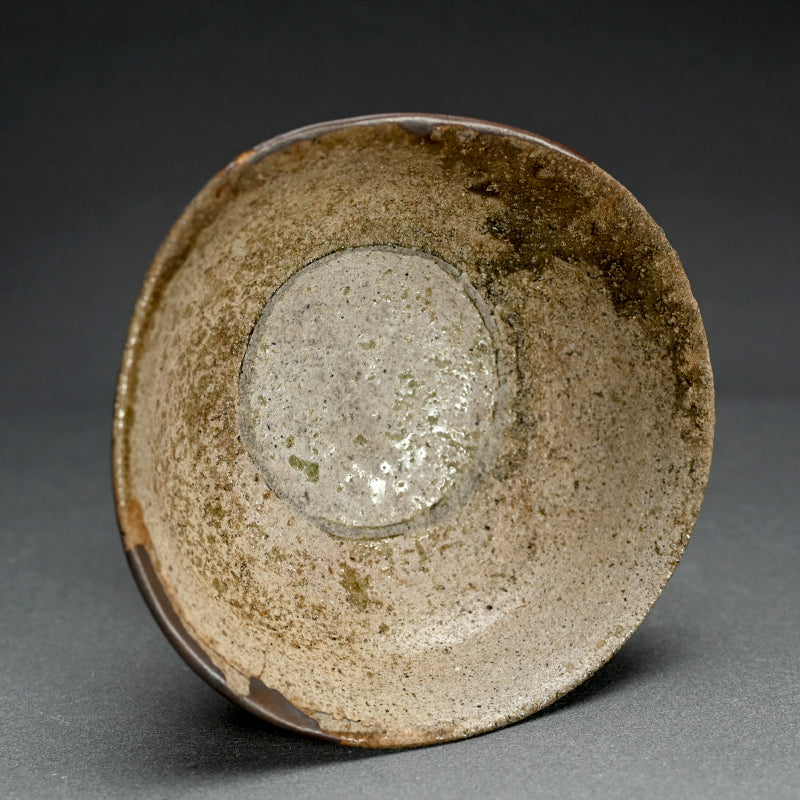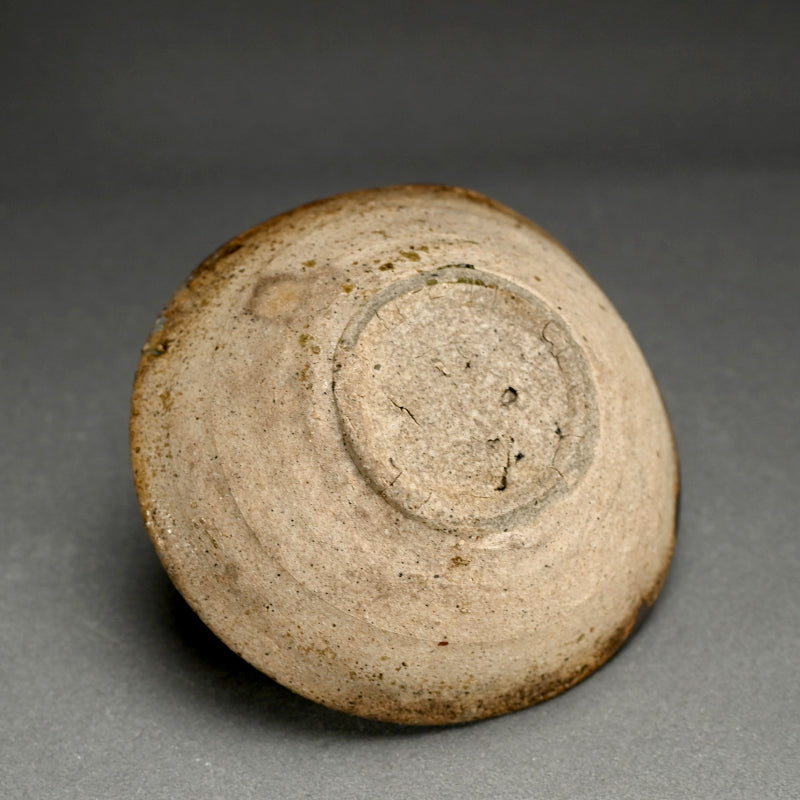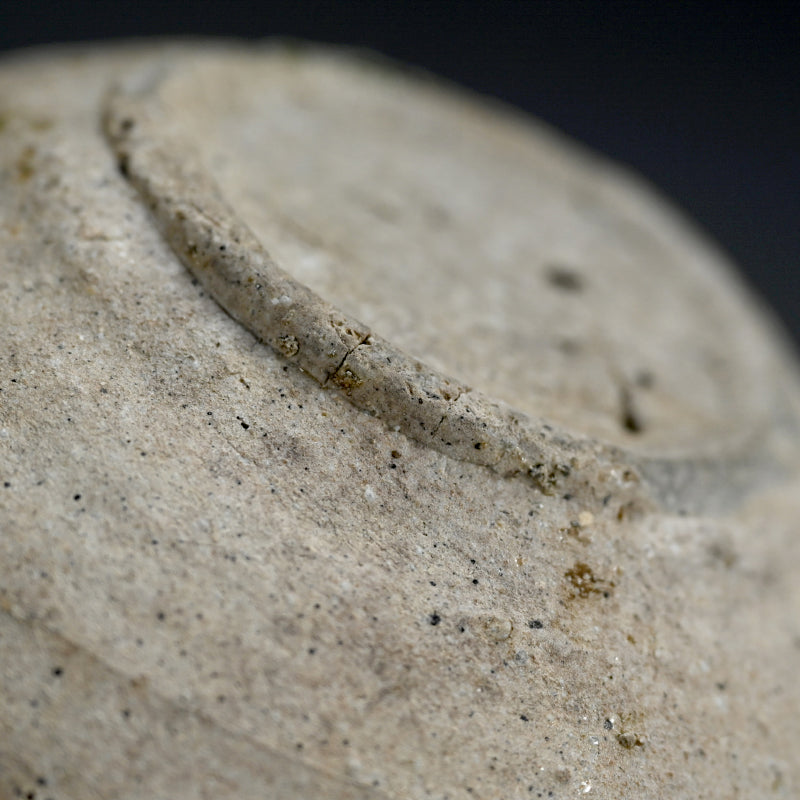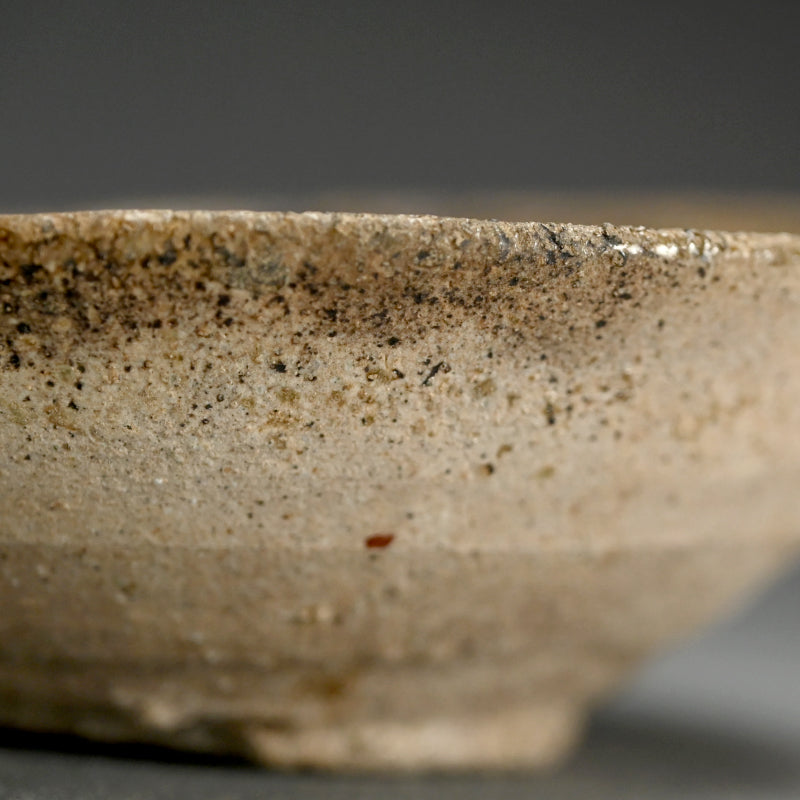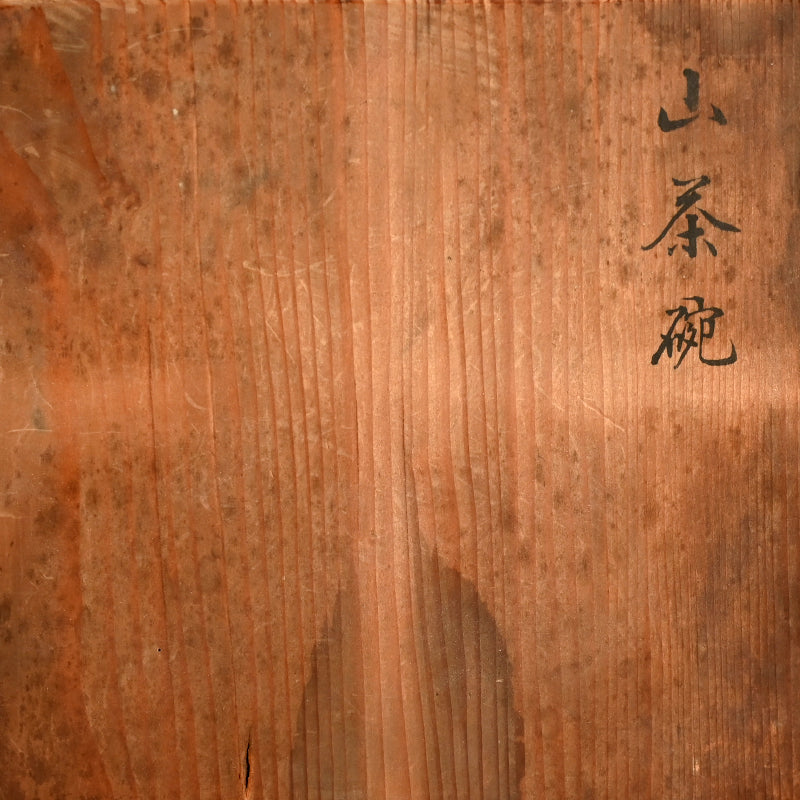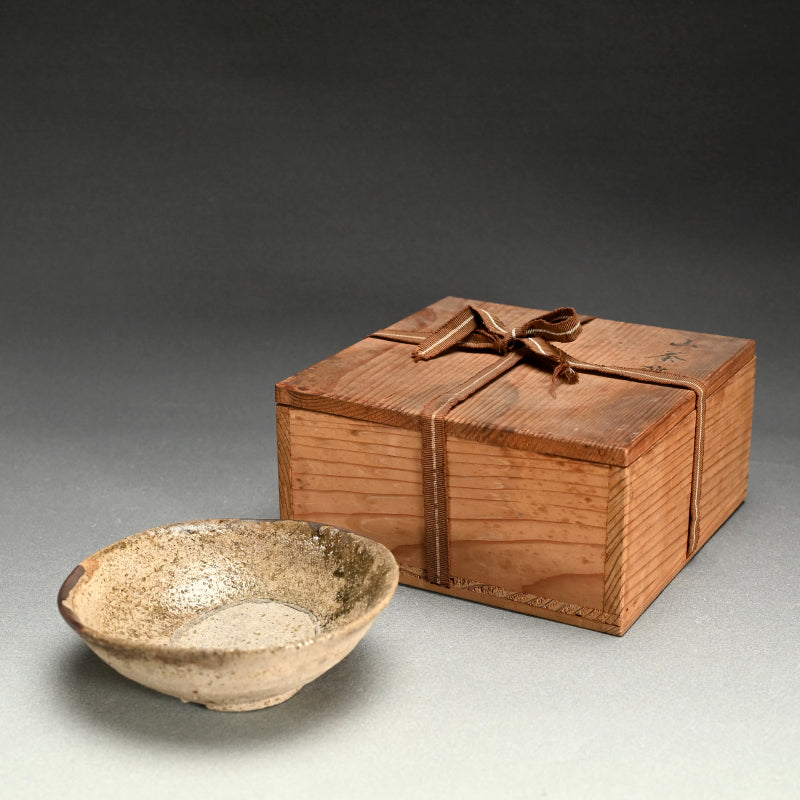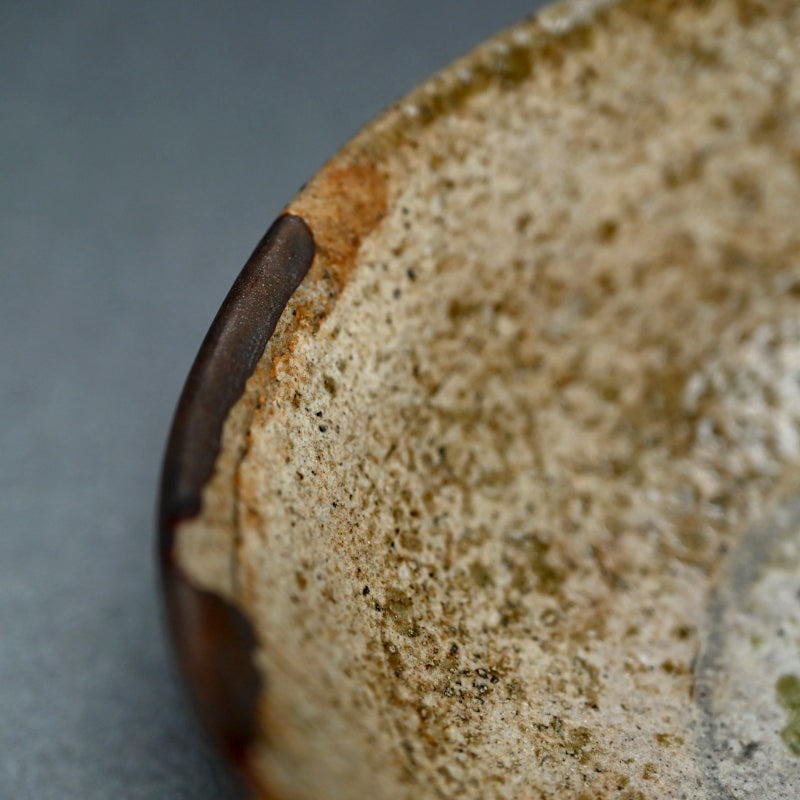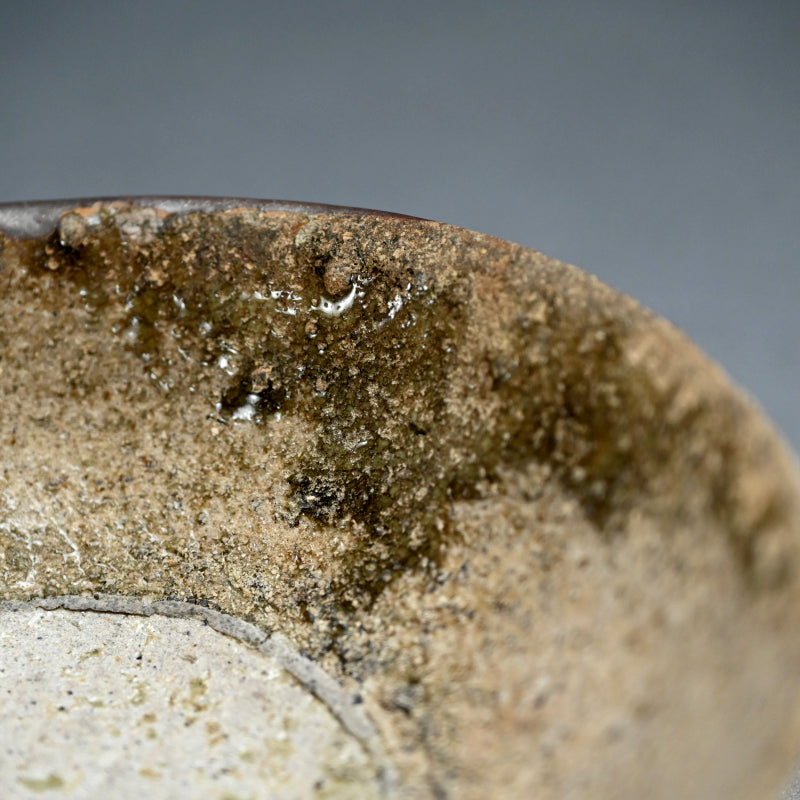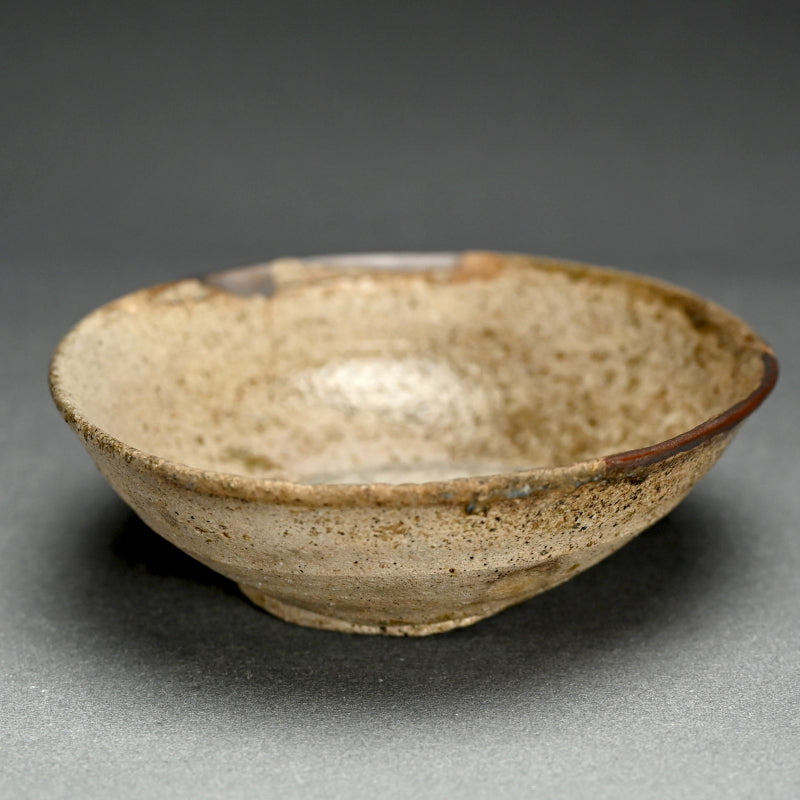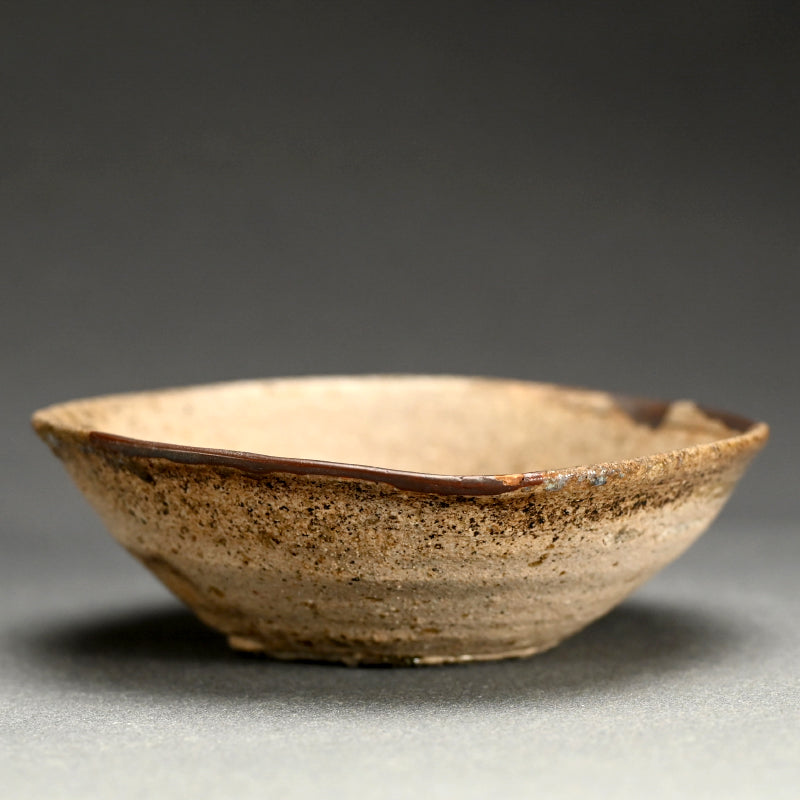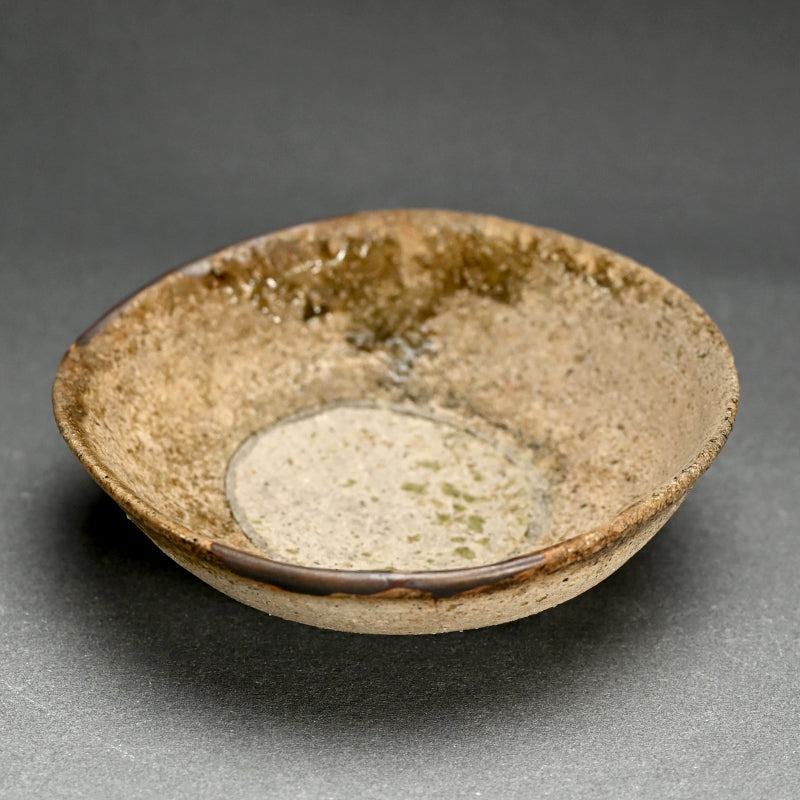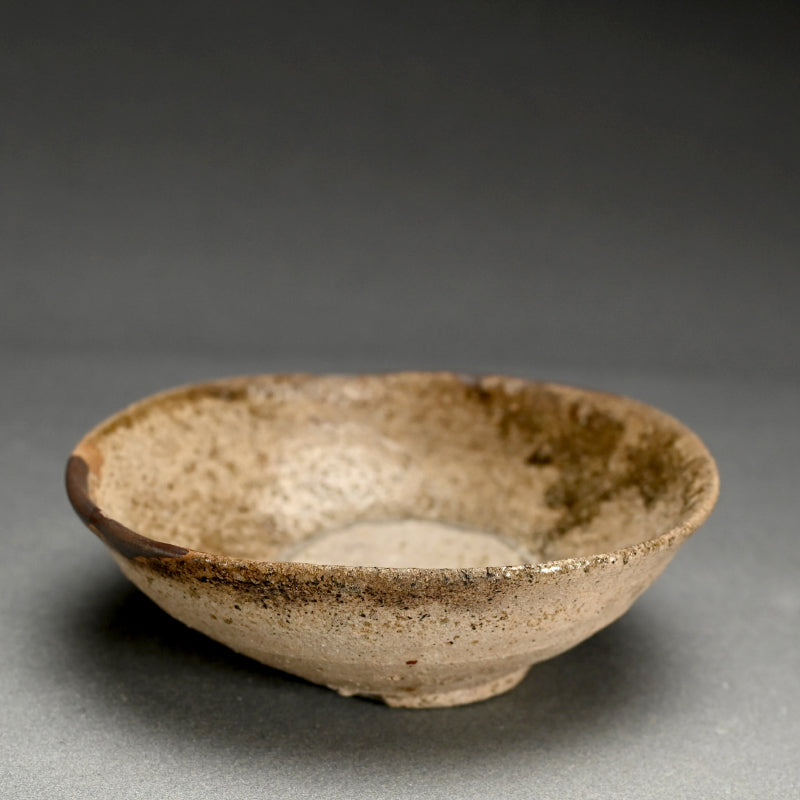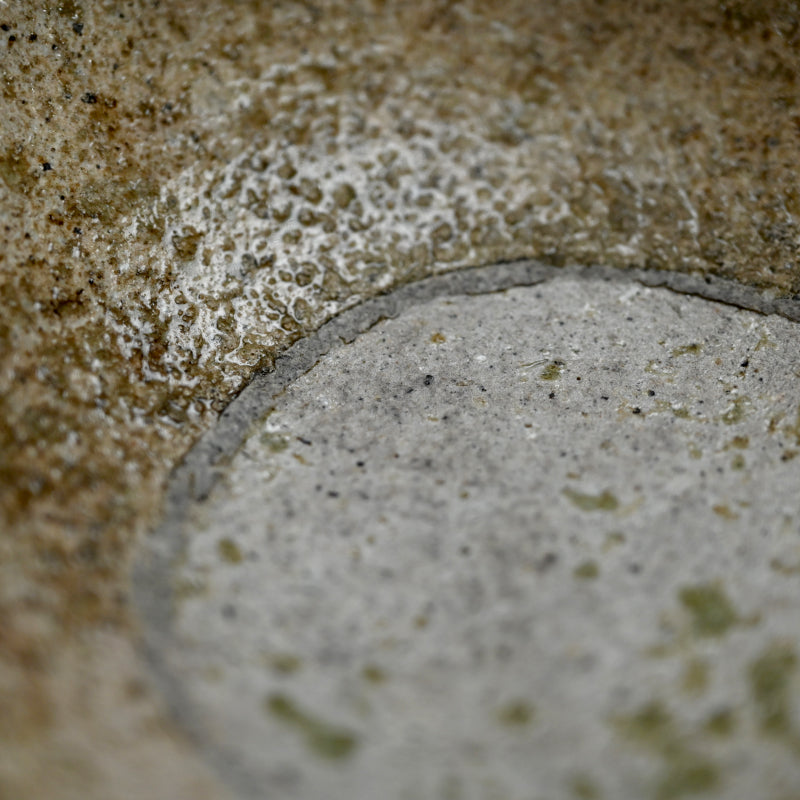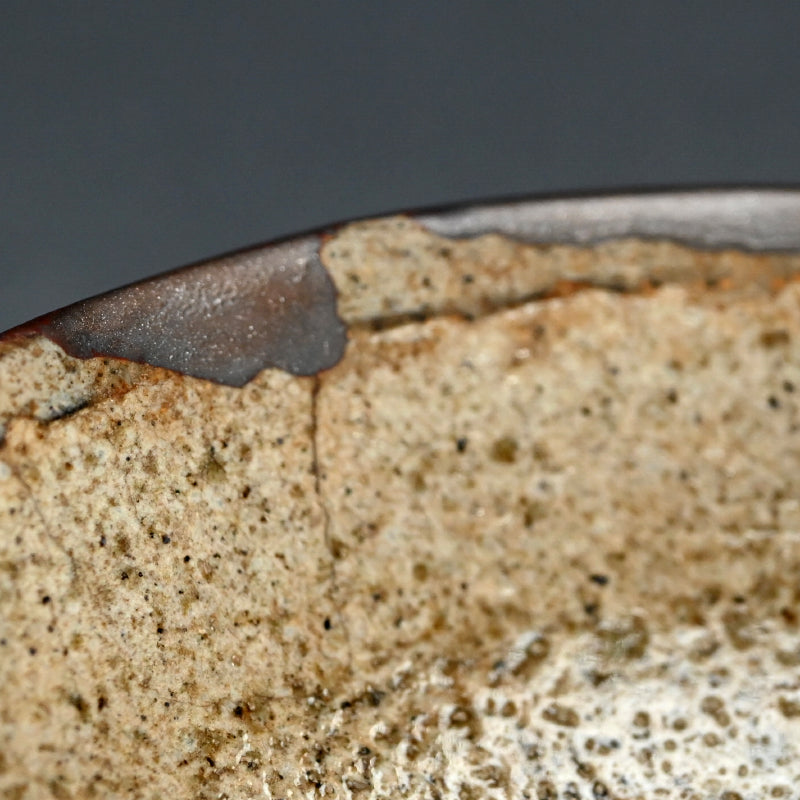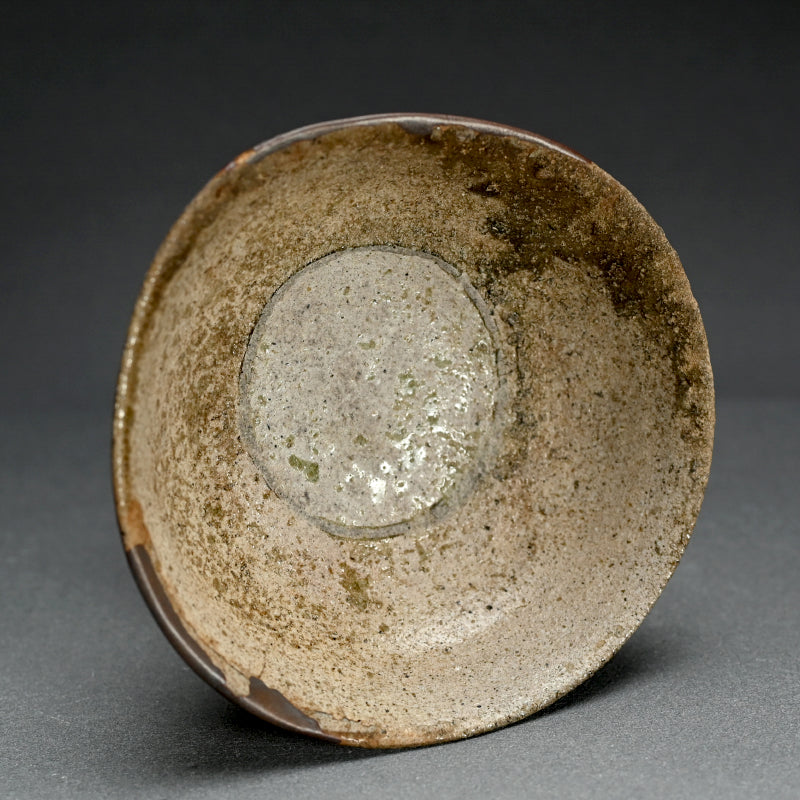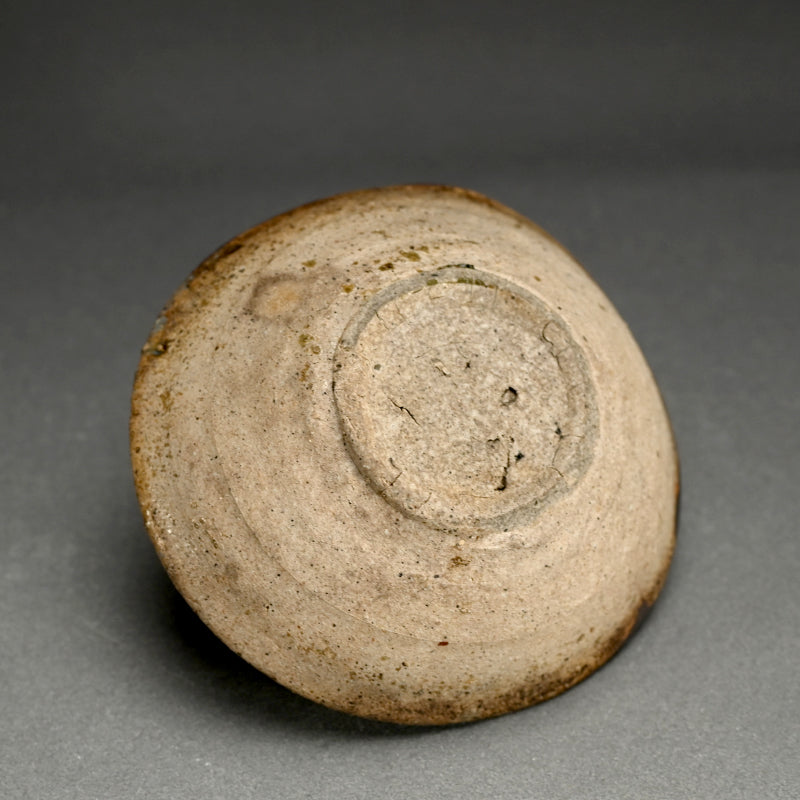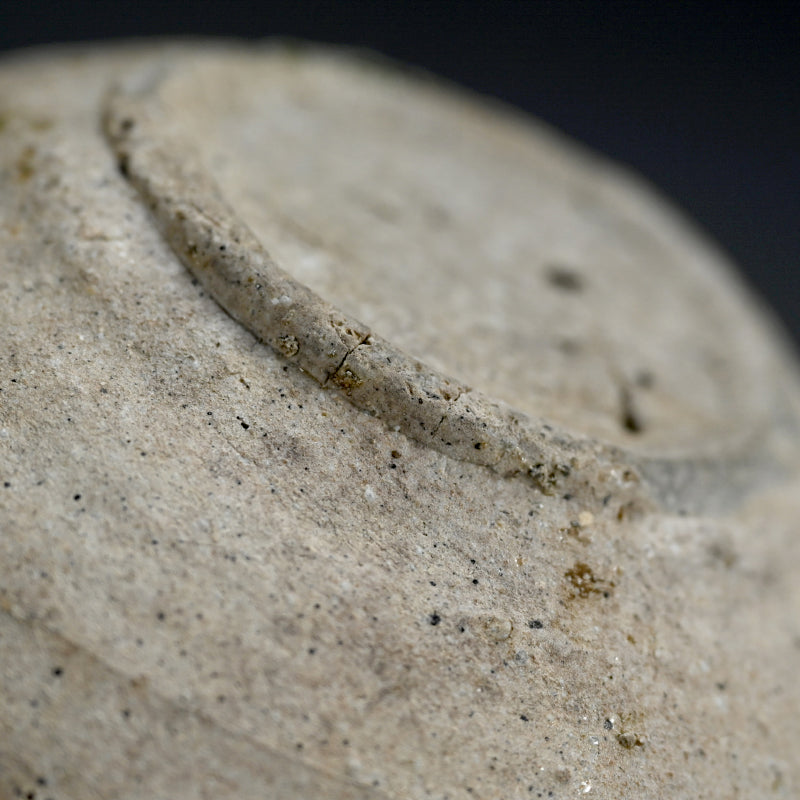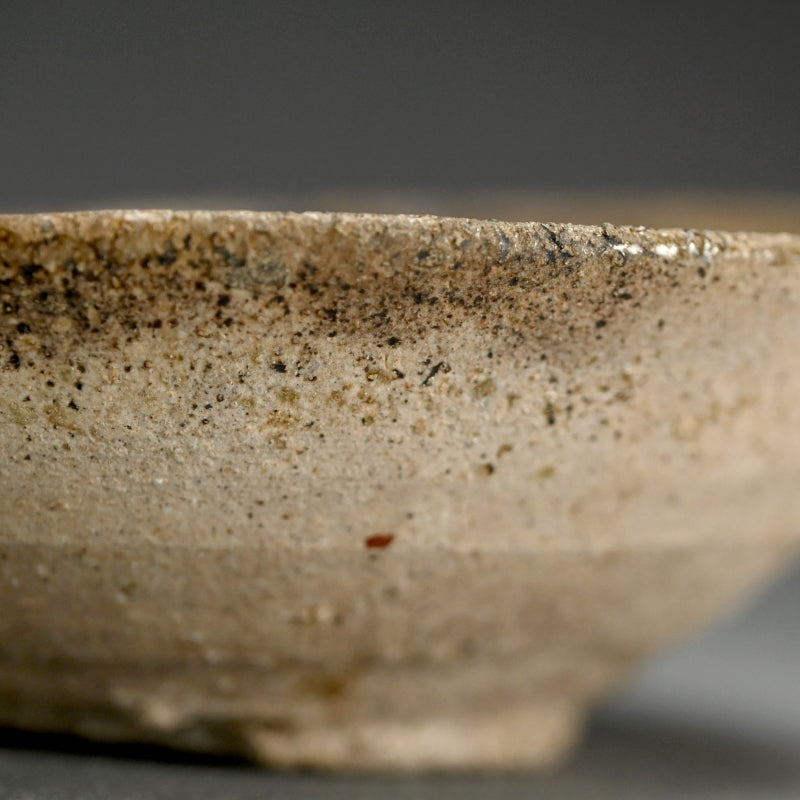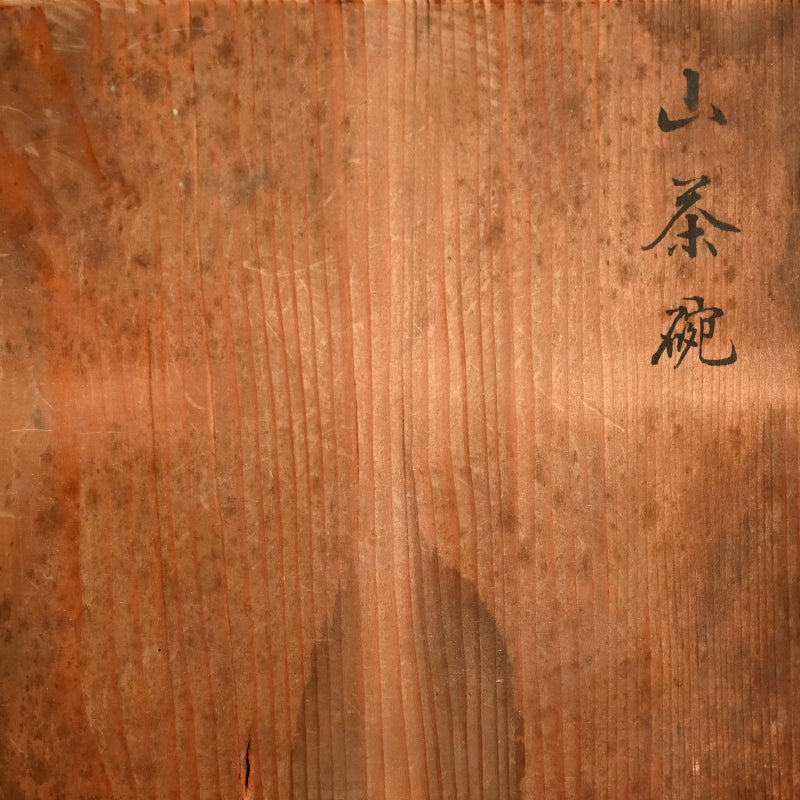1
/
of
14
13th-15th century Japanese Yama-Chawan Tea Bowl ー山茶碗
13th-15th century Japanese Yama-Chawan Tea Bowl ー山茶碗
Item Code: K684
Regular price
¥109,300 JPY
Regular price
Sale price
¥109,300 JPY
Unit price
/
per
Tax included.
Couldn't load pickup availability
A wide shallow bowl dating from the Kamakura to Nanboku-cho periods with a prominent ring circling the interior where other bowls had been stacked inside, and a number of lacquer repairs about the rim attesting to the age and reverence the piece has received over the centuries. It is 17 cm (7 inches) diameter, 5.5 cm (2 inches tall) and in overall excellent condition. It comes in a silk pouch with an old wooden storage box.
Yama-chawan is a generic term for various types of unglazed Japanese tableware produced in vast quantity from the late Heian (794–1185) to Muromachi period (1333–1568), mainly in the Tōkai region (Aichi and Gifu prefectures) of central Japan. At the beginning of the era ritual vessels and storage jars were the common pottery, but increased production made for greater availability resulting in demand from lower classes of society for pottery. This resulted in a shift away from jars to tableware. Production of Yama chawan began with the dissemination of wealth to military families and landowners at the end of the Heian period, and lasted through the early Muromachi era, reaching its peak in the Kamakura and Nanbokucho periods (1185-1392). By the mid-Kamakura era, great volumes of yama-chawan were being fired. Fused, broken or damaged works would have been discarded about the kiln. As well, the kilns, were unstable and unpredictable, and often collapsed. This made for a small volume of pottery coming available from excavations in the early 20th century, when there was a great deal of research into the revival of ancient techniques.
Yama-chawan is a generic term for various types of unglazed Japanese tableware produced in vast quantity from the late Heian (794–1185) to Muromachi period (1333–1568), mainly in the Tōkai region (Aichi and Gifu prefectures) of central Japan. At the beginning of the era ritual vessels and storage jars were the common pottery, but increased production made for greater availability resulting in demand from lower classes of society for pottery. This resulted in a shift away from jars to tableware. Production of Yama chawan began with the dissemination of wealth to military families and landowners at the end of the Heian period, and lasted through the early Muromachi era, reaching its peak in the Kamakura and Nanbokucho periods (1185-1392). By the mid-Kamakura era, great volumes of yama-chawan were being fired. Fused, broken or damaged works would have been discarded about the kiln. As well, the kilns, were unstable and unpredictable, and often collapsed. This made for a small volume of pottery coming available from excavations in the early 20th century, when there was a great deal of research into the revival of ancient techniques.
Share
